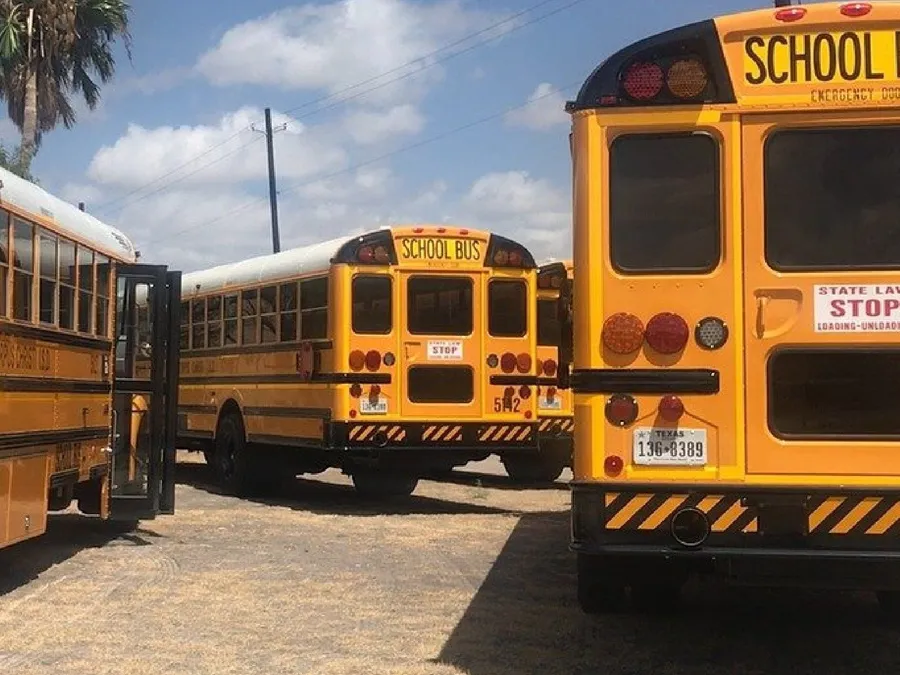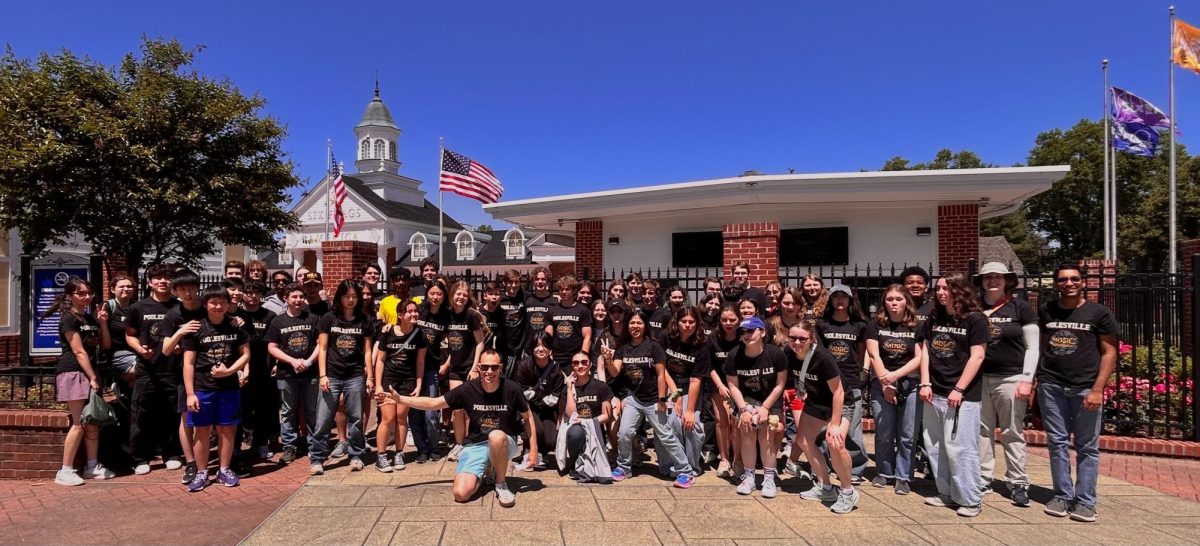A new Netflix limited series has taken the internet by storm. With over 66.3 million viewers in just the first two weeks since its release on March 13, 2025, Adolescence has secured its spot at the top of Netflix’s charts.
The four episode series follows the events of the main character Jamie, played by Owen Cooper, who is being accused of killing his classmate Katie, played by Emilia Holliday. Each episode highlights a different part of the ordeal – his initial arrest, the investigation, the psychologist meeting, and finally the impact of the arrest seven months later on Jamie’s family.
What sets Adolescence apart from most limited series is the use of a one-take shooting technique, with zero cuts or edits, for each episode. This idea to do one continuous shot for the series was made by the director Phil Baratini in order to create a certain storytelling aspect for the audience.
While the intense storyline and cinematic techniques are important, the series is drawing its attention mainly to complex issues of cyberubullying, toxic masculinity, and societal pressures, with the clear intention of getting the audience to reflect on the alarming consequences of social media on today’s youth.
Senior at Northwest High School, Brianna Riley, gave her thoughts on how the show tackled these topics.
“I think they tackled the issue somewhat well by displaying how much of a rabbit hole it is and how easy it is to get trapped in this thought process,” stated Riley. “I definitely think that there was slightly too much victim blaming, but overall a realistic portrayal of real life issues.”
Although Adolescence isn’t based on a specific case, the idea for the show came after co-creator Stephen Graham heard about the increase of young boys in the UK involved in knife crimes, as well as from the growing issue of “male rage” and the growing toxic impact of social media on the youth, with a more serious focus on how it changes young men.
The third episode specifically delves deeper into the dangerous thinking that Jamie develops and the reason as to why he kills his classmate. At one moment he explains that Katie, the victim, sends what seems to be innocent emojis of dynamite and “100” symbols that the adults don’t realize until later references toxic online ideas of “incel culture.” This is an abbreviated word for a specific group of people, typically young men, that are considered involuntary celibate and often downgrade and despise women due to not being able to get any women to like/date them. This revelation in the scene not only highlights the dangers of social media and the real life consequences that it has, but also shows the disconnect between adults and the youth when it comes to understanding social media and all the issues that trail behind it.
“I believe that not enough parents understand the full danger of social media,” junior Arav Giragani said. “I feel as though some parents just don’t realize how big of a role it plays in a child’s life.”
By bringing these toxic ideologies and communities that can easily spread online to the surface, Adolescence forces the audience to reconsider just how dangerous social media truly is for young people and how the time to take action is now.












